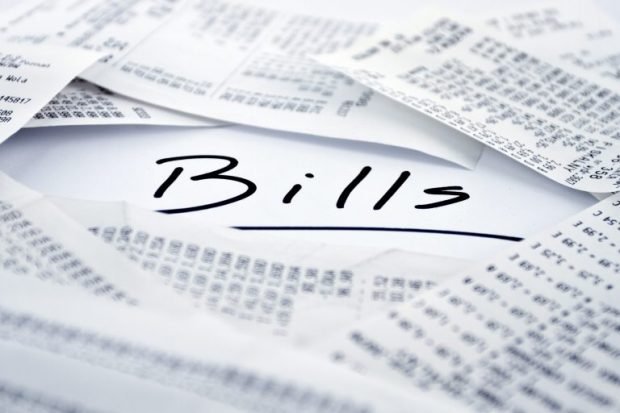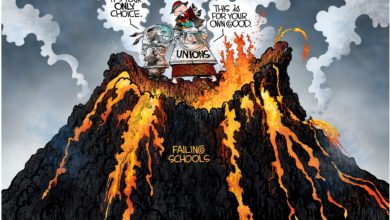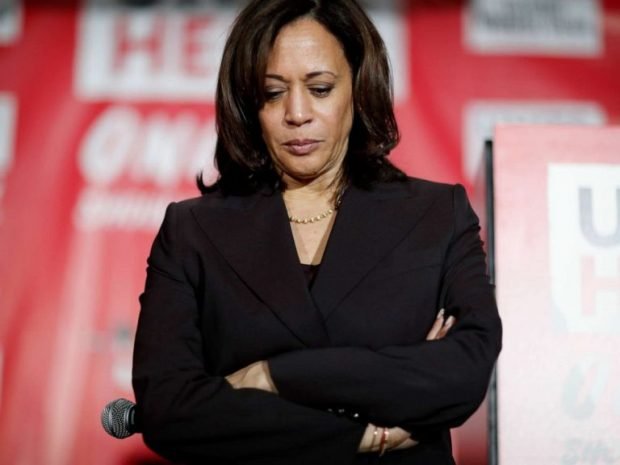FDIC May Resort to Treasury Borrowing to Avoid Collapse
On September 18th, the FDIC announced two more bank closures that would require funds from the insurance corporation in-order-to protect depositor’s money. This month alone there have been ten bank failures and the month isn’t over yet. There were fifteen closures in August and at the current pace, it’s entirely possible that September will have between 14 and 20 closures. The second quarter’s failure rate was the fastest since the savings and loan crisis in the early 1990’s, and it’s not slowing down yet.

While the fact that banks are failing is disconcerting, the real alarm that is silently going off is that the FDIC is running out of money to cover the deposits of banking customers. The FDIC is required by law to keep an amount equal to 1.25% of covered deposits on-hand. Currently, the insurance fund contains a ration of less than .22%.
Despite the fact that at the end of June financial institutions were forced to pay a special assessment of 5-10 basis points of deposits (not including their mandatory reserves), the drain on the the insurance fund continued.
Bank failures are cited as the major reason for the collapse of the fund, but looking ahead, there is growing concern over banks that are teetering on the edge of collapse. The number of “problem institutions” is increasing and the rate-of-increase is also quickening. Problem institutions are not yet failed, but have financials that show that they are in-danger of failing soon. In fact, roughly 13% of banks on the problem list have historically failed.

The deposit fund lost $2.6 billion in the second quarter which leaves just over ten billion dollars available to cover deposits in failed banks. At the current rate, there is just over a year’s worth of coverage in the fund, but with the rate increasing, it is more-realistic that it will run out of money in less than a year.
The FDIC is considering tapping U.S. Treasury to re-stock the fund. On Friday, Sheila Bair, FDIC chairman, indicated that the FDIC may consider borrowing money from the Treasury when it meets at the end of this month. The FDIC could borrow up to $100 billion under the Helping Families Save Their Homes Act. Congress also has the option of allowing the FDIC to have access of up to $400 billion more by temporarily increasing the ceiling of that line-of-credit.
The only other option left to the insurer is to increase fees or levy additional assessments against financial institutions. Banks argue that this might raise the risk of failures for institutions on the edge. Those banks need access to as much liquidity as possible to work through the recession. The debate over who should replenish the fund is then between taxpayers and financial institutions.
Barney Frank, Chairman of the House Financial Services Committee believes that the FDIC should go straight for the Treasury loan. While this reduces stress on the banking industry, it is more “money from nowhere” ending up in the economy. The Treasury money is simply money that the Fed “printed” to buy Treasury Securities. That liquidity would then be put into the FDIC. We would be propping up our banking system with little more than thin air and increasing the risk that we will head into a severe bought of inflation reminiscent of the 1970’s.
See Also: Inflation and How it May Affect You





